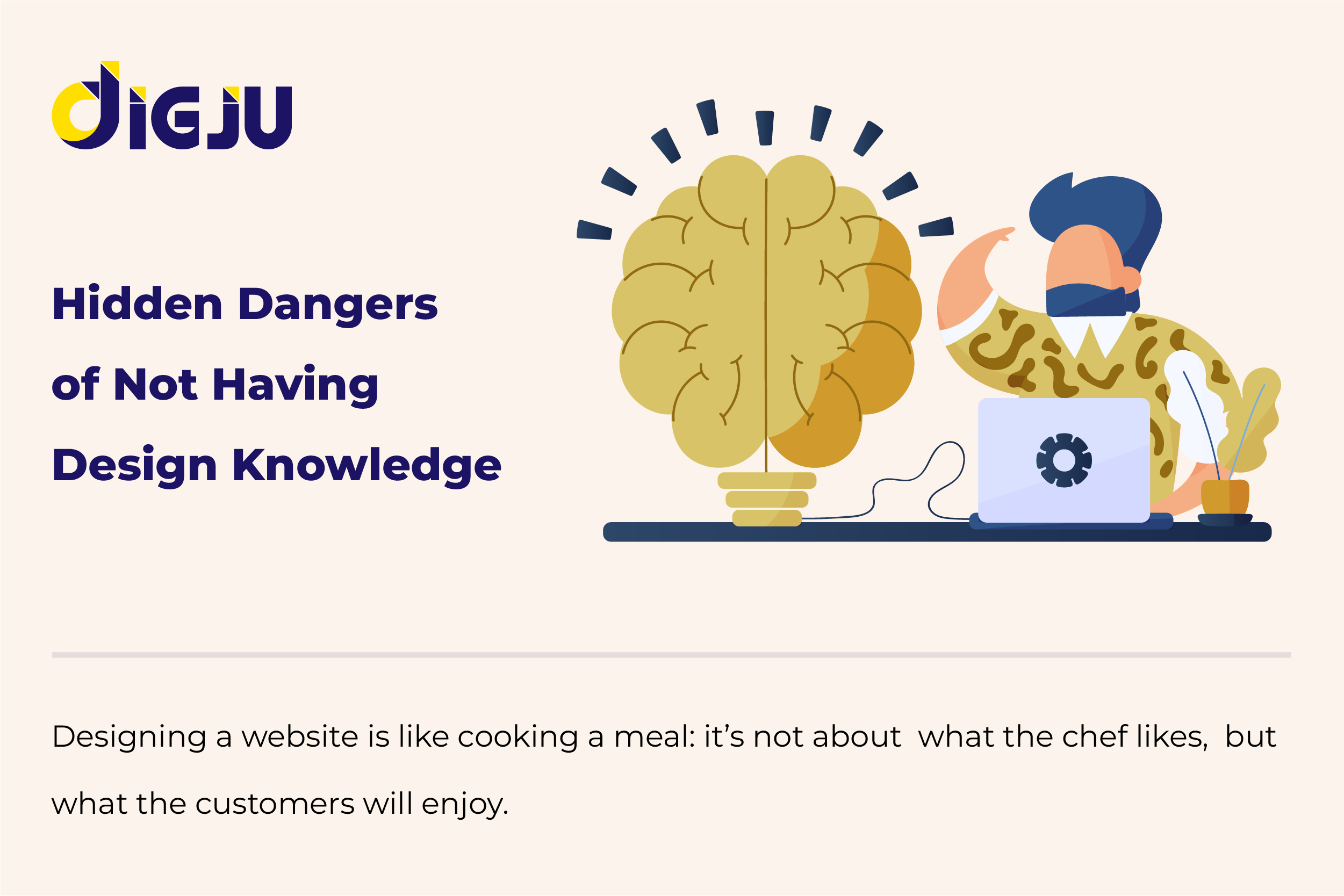Who Is Your Website Really For: You or Your End User?
Designing a website is like cooking a meal: it’s not about what the chef likes, but what the customers will enjoy. Too often, business owners design websites based on their own preferences instead of their users’ needs. When you focus on what your users want, you build trust and credibility, leading to higher engagement and conversion rates. If you fail to build a user-oriented website, you might face these 4 major issues,
1. High Bounce Rate: What It Is and How to Reduce It
What is the Bounce Rate?
Bounce rate refers to the percentage of visitors who leave your website after viewing only one page. A high bounce rate indicates that users are not engaging with your site beyond the landing page, which can signal issues with user experience, content relevance, or site design.
Reducing Bounce Rate:
To lower your bounce rate, focus on creating a user-centric and minimalist design. For example, Google and Apple are exemplary in this regard. Their websites prioritize clean layouts, intuitive navigation, and relevant content. Here’s how you can apply similar strategies:
- Streamline Navigation: Ensure that users can easily find what they’re looking for without unnecessary clicks.
- Optimize Load Times: Slow-loading pages can drive visitors away. Invest in efficient hosting and optimize images and scripts.
- Engage with Relevant Content: Tailor your content to meet the needs and interests of your target audience.
2. Employee Branding: The Impact of Web Design on Company Perception
Employee Branding:
Employees often use the company’s website as a reflection of the organization’s professionalism and values. A poorly designed site can lead to negative perceptions among staff, potentially affecting morale and productivity.
Enhancing Employee Branding:
- Professional Design: Invest in a modern, well-designed website to convey a positive image to current and prospective employees.
- Showcase Company Culture: Use your website to highlight your company’s culture, achievements, and values.
3. Losing Authority and Trust
Impact on Authority and Trust:
A website lacking in design quality can undermine your authority and erode trust with visitors. Users may perceive a poorly designed site as unprofessional or unreliable.
Building Authority and Trust:
- Credible Design: Ensure your website looks professional and aligns with your brand’s image.
- Consistent Branding: Maintain consistency in design elements such as colors, fonts, and logos to reinforce your brand identity.
- User Testimonials and Case Studies: Displaying positive feedback and successful case studies can help build credibility and trust with your audience.
Conclusion
Understanding Web design isn’t just about making things look good; it’s like planning a smooth road trip. If your site has high bounce rates, it’s like a GPS that keeps losing signal. Good content is your perfect playlist, and trust is your reliable insurance. Invest in web design like you’d plan an epic journey—the journey is not for you but for your end customers!

